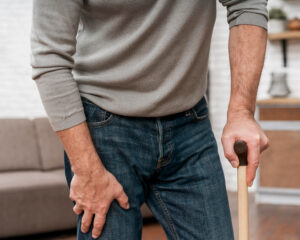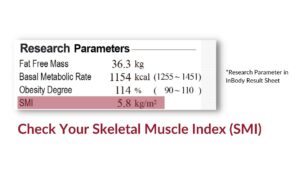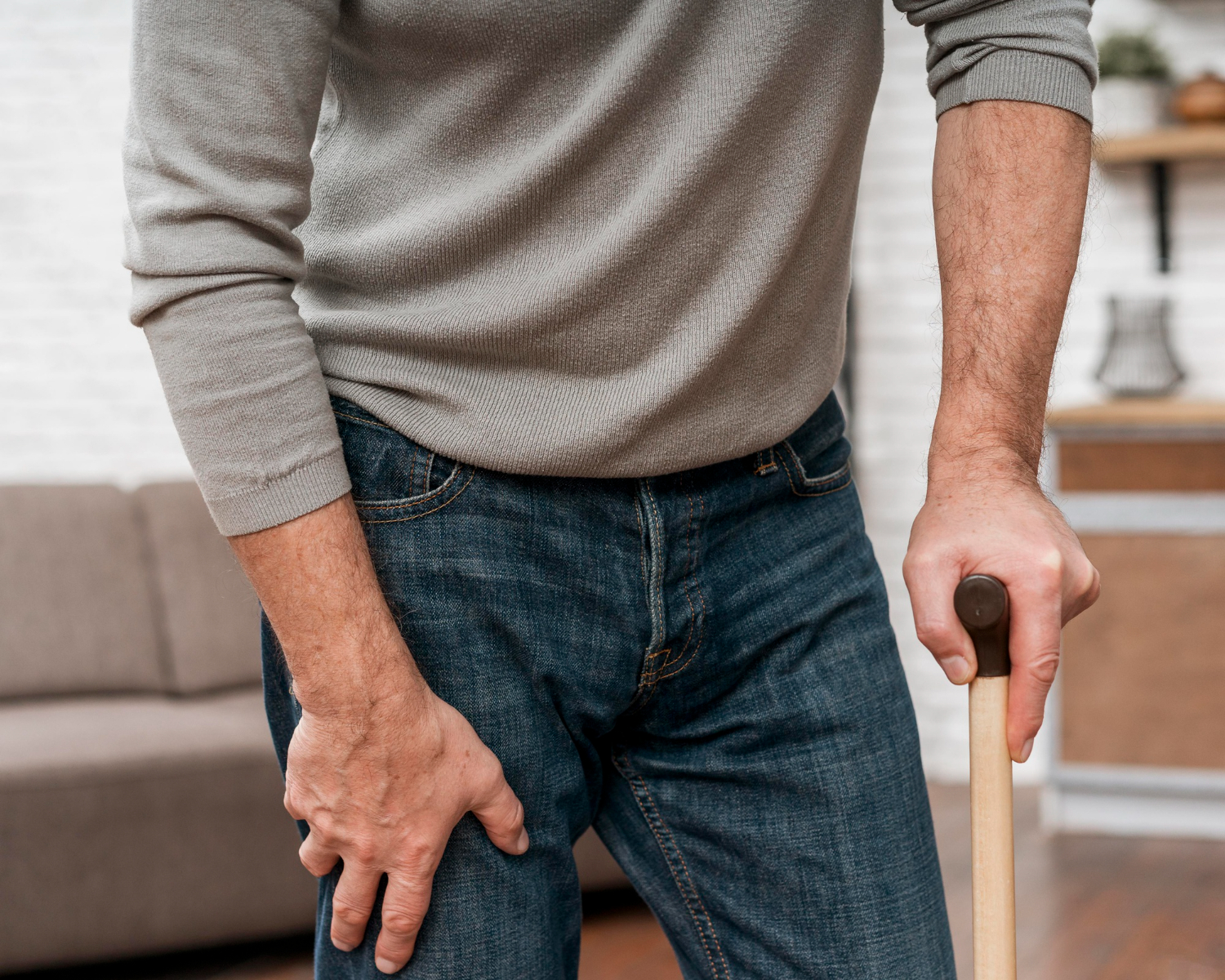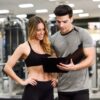 In collaboration with Lee Ke Wynn, our Rehab Exercise Professional at Ke Wynn Medical Fitness Center, we explored the silent threat of Sarcopenia – age-related muscle loss.
In collaboration with Lee Ke Wynn, our Rehab Exercise Professional at Ke Wynn Medical Fitness Center, we explored the silent threat of Sarcopenia – age-related muscle loss.
While Ke Wynn has shared some key insights via our #AskExpert session, let’s delve deeper into understanding Sarcopenia and effective strategies to prevent and manage it.
Understanding Sarcopenia
As we age, our bodies naturally start to lose muscle mass and strength. This phenomenon is called sarcopenia. While it’s a natural part of the ageing process, it can significantly impact your quality of life. Sarcopenia affects balance, slows down metabolism, and decreases physical stamina, increasing the risk of falls and fractures.
According to Lee Ke Wynn, the risk of sarcopenia increases with a sedentary lifestyle. Therefore, the key to fighting this muscle loss is regular resistance training. But before we jump into its solution, let’s first understand how to identify our risk of developing sarcopenia.
Identifying the Risk of Sarcopenia

To comprehensively identify the risk of sarcopenia, a thorough assessment is needed. This assessment may include evaluating the patient’s muscle mass, strength, and physical function.
By conducting this comprehensive assessment, healthcare providers can better understand a patient’s risk of sarcopenia and develop targeted interventions to prevent or manage this condition. There are a few established methods for diagnosing sarcopenia, as shown below:
- Gait Speed: The speed at which an individual walks is one of the indicators that may point towards the presence of sarcopenia.
- Handgrip Strength: Assessing handgrip strength is another common method used to diagnose sarcopenia.
- Skeletal Muscle Index (SMI): The SMI measurement from BIA devices provides a comprehensive view of muscle mass distribution, playing a critical role in sarcopenia diagnosis.

Determining your current muscle mass and Skeletal Muscle Index (SMI) using the BIA test is an effective way to identify your risk of sarcopenia. If the SMI is less than 7.0 kg/m^2 for men and 5.7 kg/m^2 for women, there is a higher risk of developing sarcopenia.
It’s never too late to start monitoring your muscle health. Early detection of sarcopenia can lead to better management and prevention strategies.
Battle against Sarcopenia: It’s Never Too Late
Remember, it’s never too late to start building muscles. Regardless of age, our bodies are capable of muscle growth and strength improvement. Although muscle building can get more challenging as we age, with proper resistance training, we can effectively be preventing sarcopenia.

Resistance training exercises, such as weight lifting, resistance band workouts, or body-weight exercises, are recommended to promote muscle strength, balance, and coordination. It’s important to start slow and gradually increase the intensity to avoid injury. Consulting with a trained professional like Lee Ke Wynn can also ensure a safe and effective training plan tailored to your needs.
Nutrition’s Role in Preventing Sarcopenia
The importance of nutrition can’t be overstated in our fight against sarcopenia. High-protein foods, omega-3 fatty acids, and vitamin D play a crucial role in muscle growth and recovery.
A balanced diet containing lean meats, dairy products, eggs, and plant-based proteins can help increase your protein intake. Foods rich in omega-3 fatty acids like fish, walnuts, and chia seeds aid in muscle health. Vitamin D, which can be obtained from exposure to sunlight and foods like fatty fish and fortified dairy products, is also essential for muscle function.
In conclusion, age-related muscle loss, or sarcopenia, may seem inevitable, but with regular resistance training and a balanced diet, we can keep our muscles strong and healthy. Remember, it’s never too late to start building muscles and improving your quality of life. Consult with a professional like Lee Ke Wynn and start your journey towards better muscle health today.
To learn more about preventing sarcopenia and other health-related topics, stay tuned to our #AskExpert series, where we collaborate with medical professionals to bring you reliable and practical health information.











